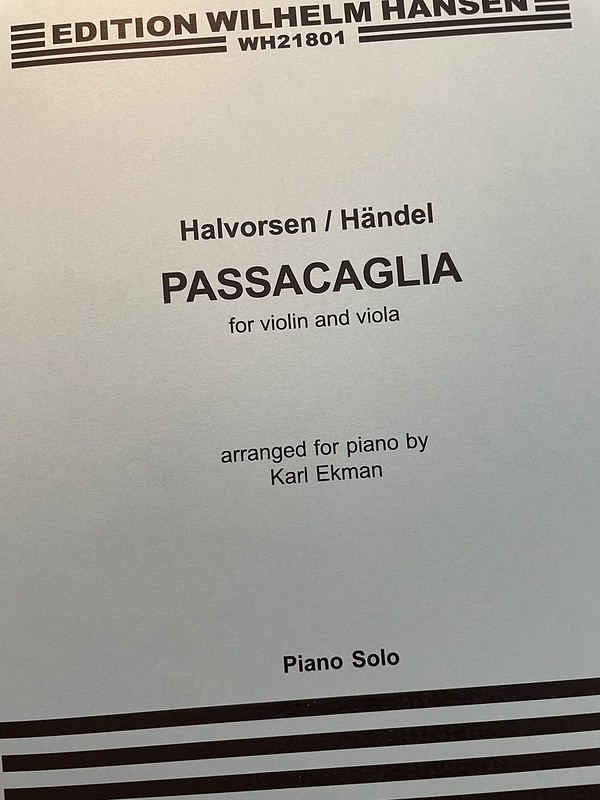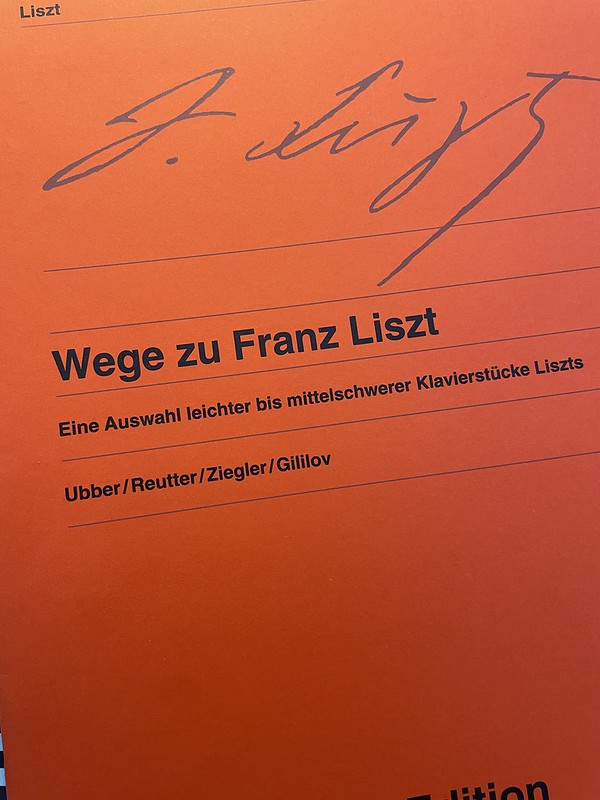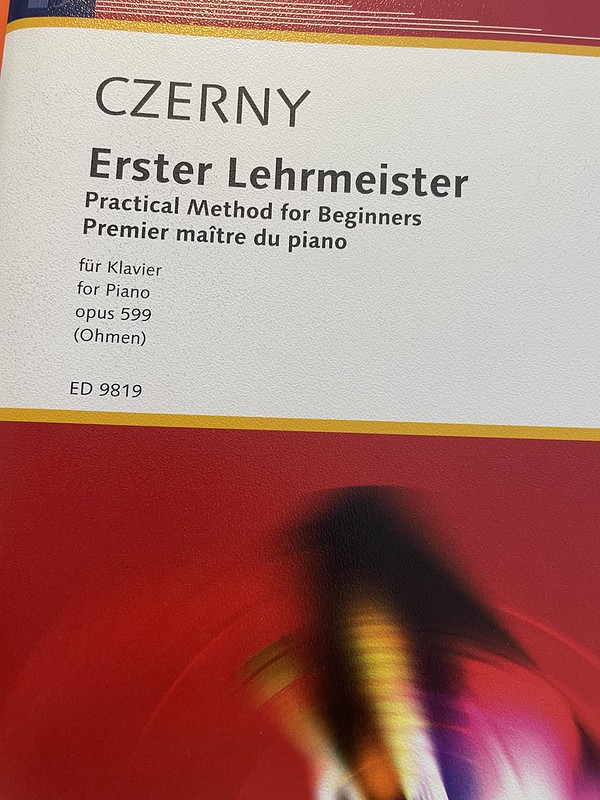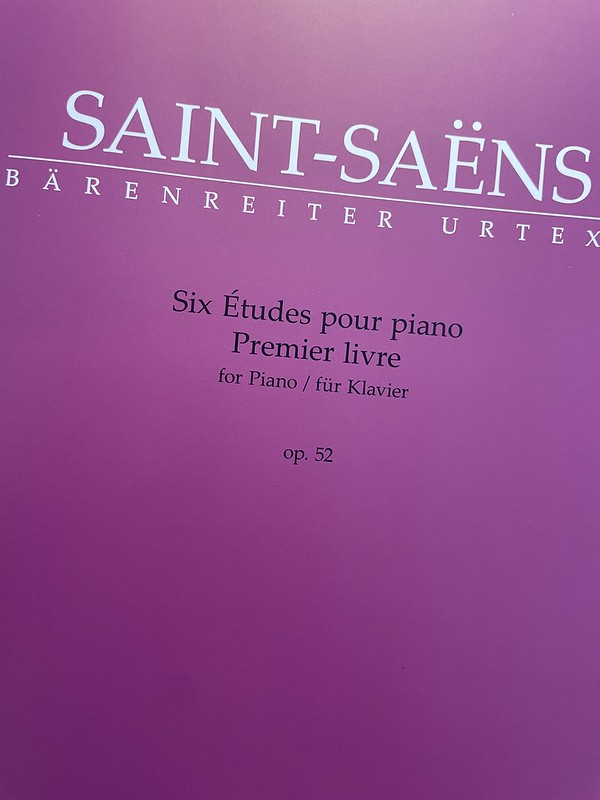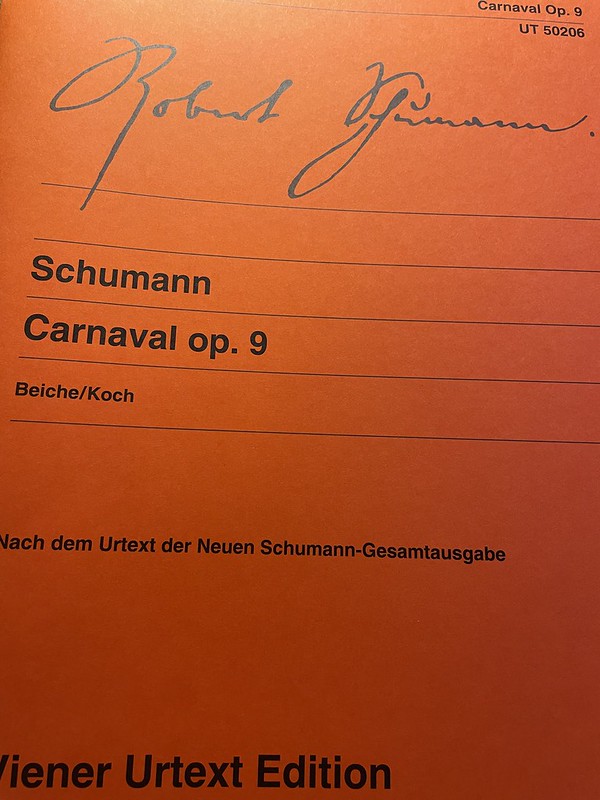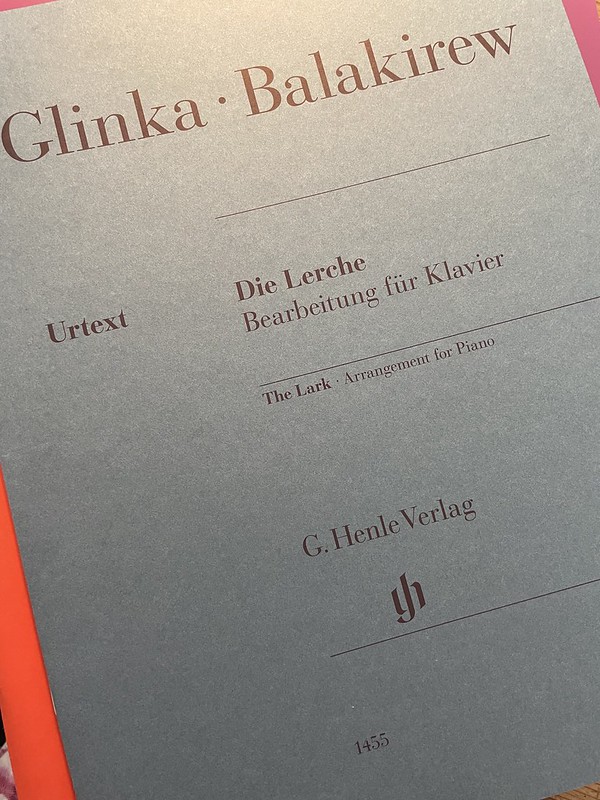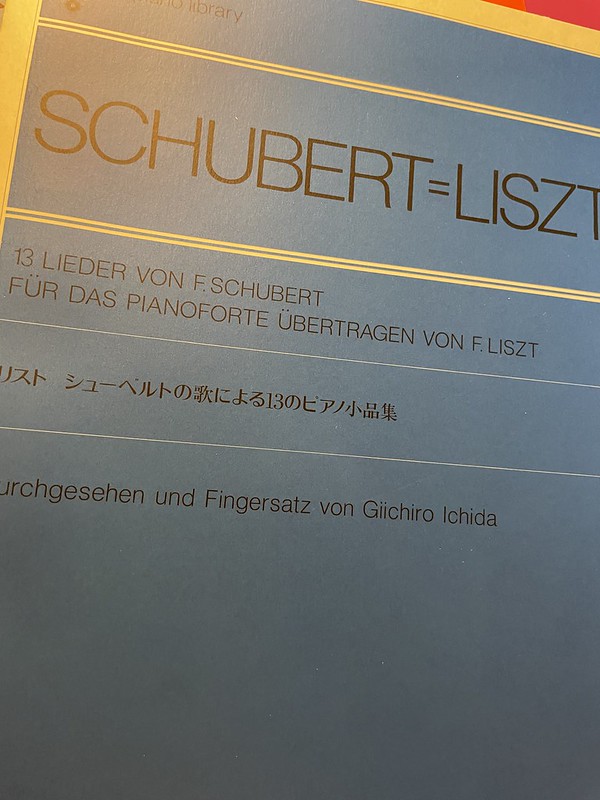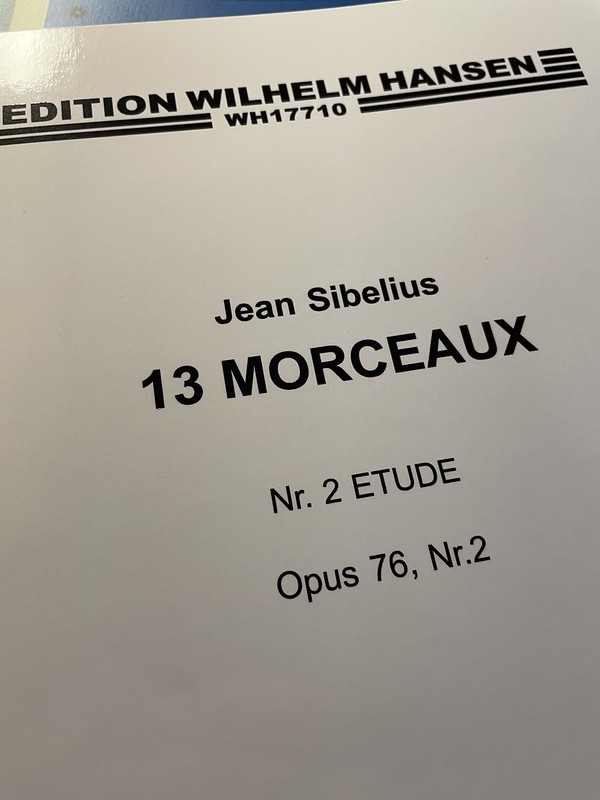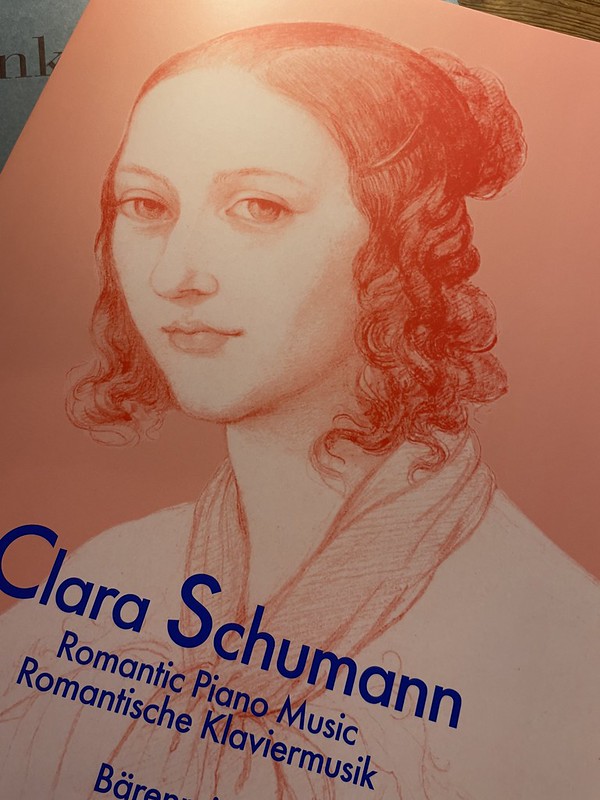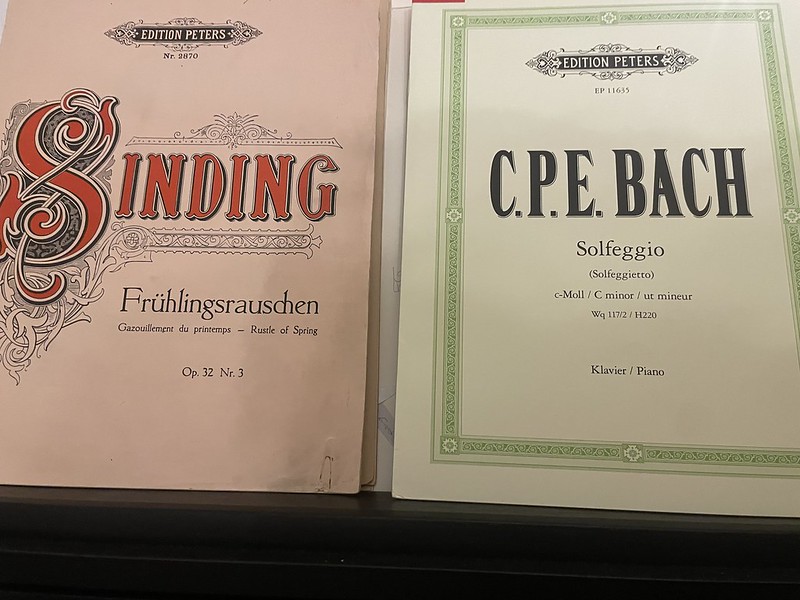Couple of things to note:
Daniil Trifonov has a new album due next month and Apple Music is already streaming a couple of tracks from it. I can’t find his recording of it on YouTube but definitely worth checking out his recording of China Gates by John Adams. You’ll find other recordings of that piece on YouTube including by Yuja Wang (the piece is currently on my TBL list which is almost longer than my reading list). The other thing to take a look at is this:
Very understated. I love it. He did the transcription and from what I can see, he doesn’t publish them. This is gorgeous though.
Also on Apple Music/Apple Music Classical, Deutsche Grammophon have been good enough to curate a bunch of playlists. If you’ve any interest in classical music at all, it’s worth looking through them and my particular recommendation is their Piano Masters list which includes Yuja Wang’s rendition of Philip Glass’s Etude 6. It’s worth taking a look around their other play lists as they have some good composer specific lists.
I haven’t listened to it yet but Ben Laude, late of ToneBase but now doing nice stuff on his own channel, was interviewed for Behind the Tech, which is a tech podcast. You can find a taster here:
They talk extensively about Scriabin’s Opus 8 number 12 which is to be fair, a great piece of music. I came across it on Boris Giltburg’s Instagram channel. In particular, they discuss Horowitz’s playing of said piece but personally I like Garrick Ohlsson’s recording and Daniil Trifonov played it on at a Yellow Room concert for Deutsche Grammophon and it’s definitely worth you time too.
I see there’s a Nikolai Lugansky version as well. I must check it out at some point.
I want to learn this but it will have to be for the LRSM I guess, feel sure it would be acceptable difficulty wise. Annique Gottler had a go at it here. She said it was hard and she definitely is better than I am atm.
In other news, the Leeds Piano Competition has been running. Jaeden Izik-Dzurko won in the end and you can find his Brahms II concerto final here. I also recommend taking a lot at the second placed Junwan Chen’s Rachmaninoff 4 if and when it’s been posted. I don’t see it there yet. The competition’s YouTube is worth an exploration though so find it here.
Last two things to mention: Alexandre Tharaud has a Bach release on the way, again check it out on your streaming service of choice as a couple of tracks are already available and my little piece of joy to listen to from Vikingur Olafsson is the Bach No 4 Organ Sonata, transcribed by Stradal. It looks like IMSLP is the main source for the sheets. I hope that link eventually takes you to the right place.
Here he is on YouTube with a rather sobering video.

